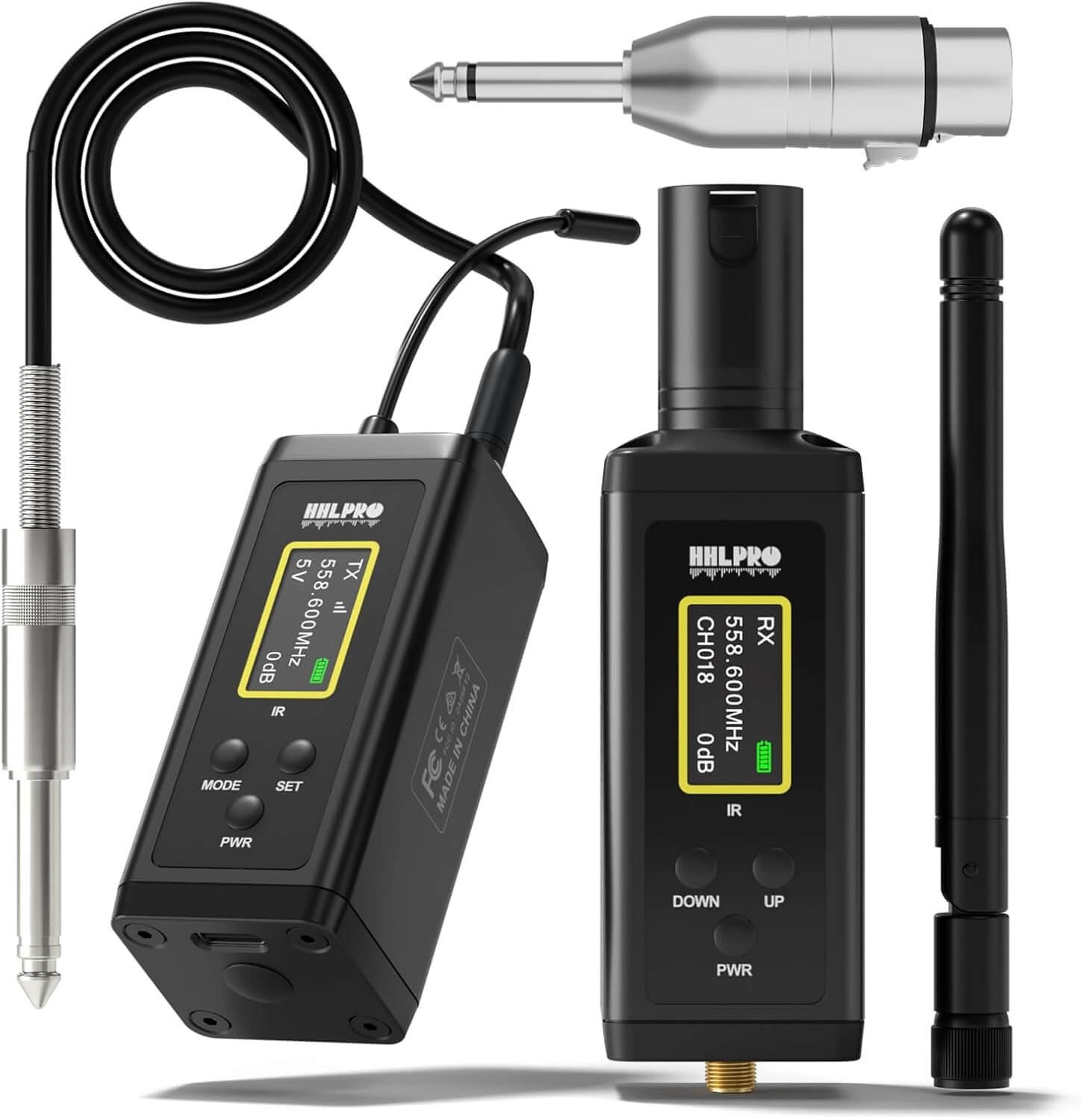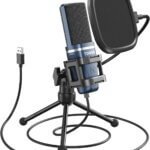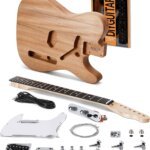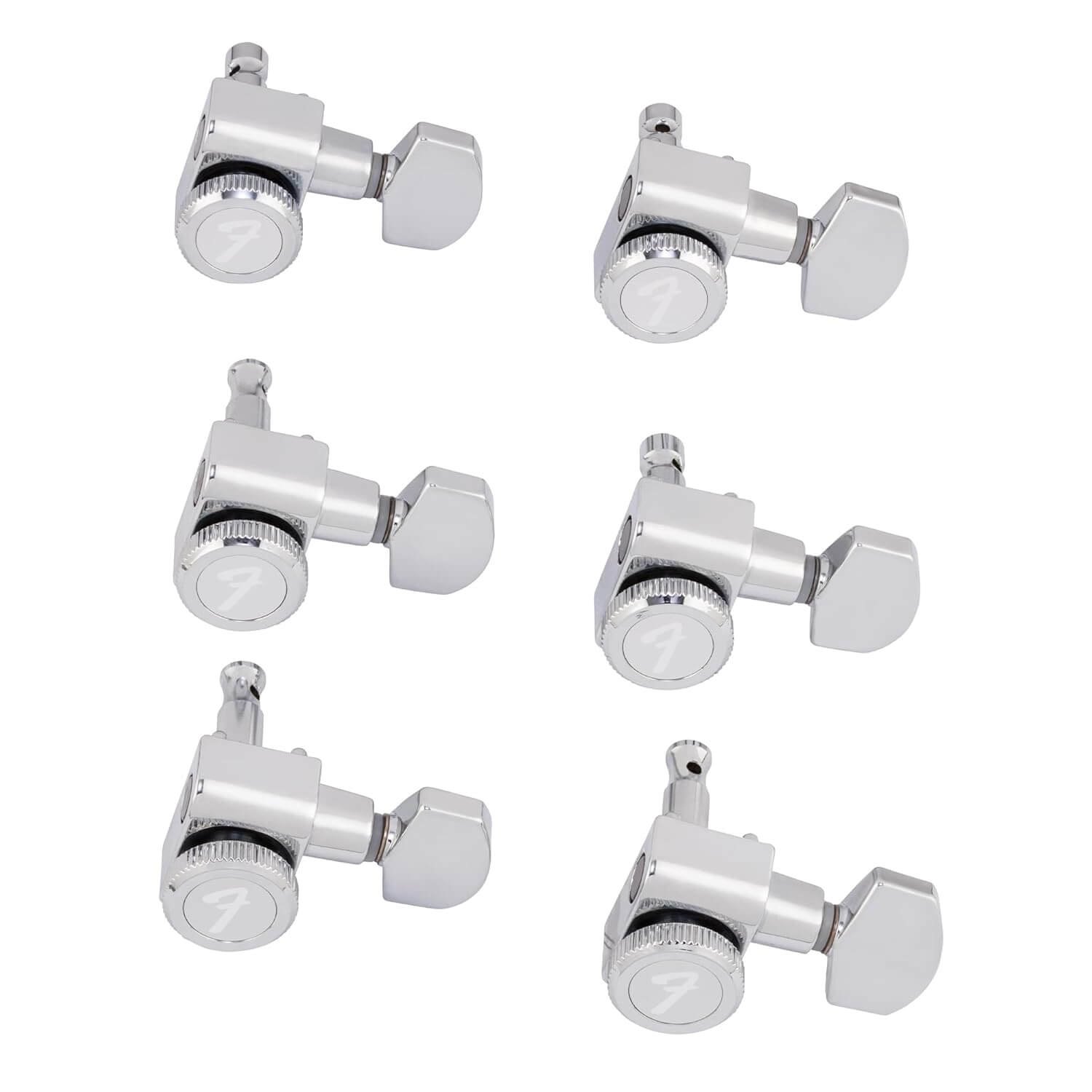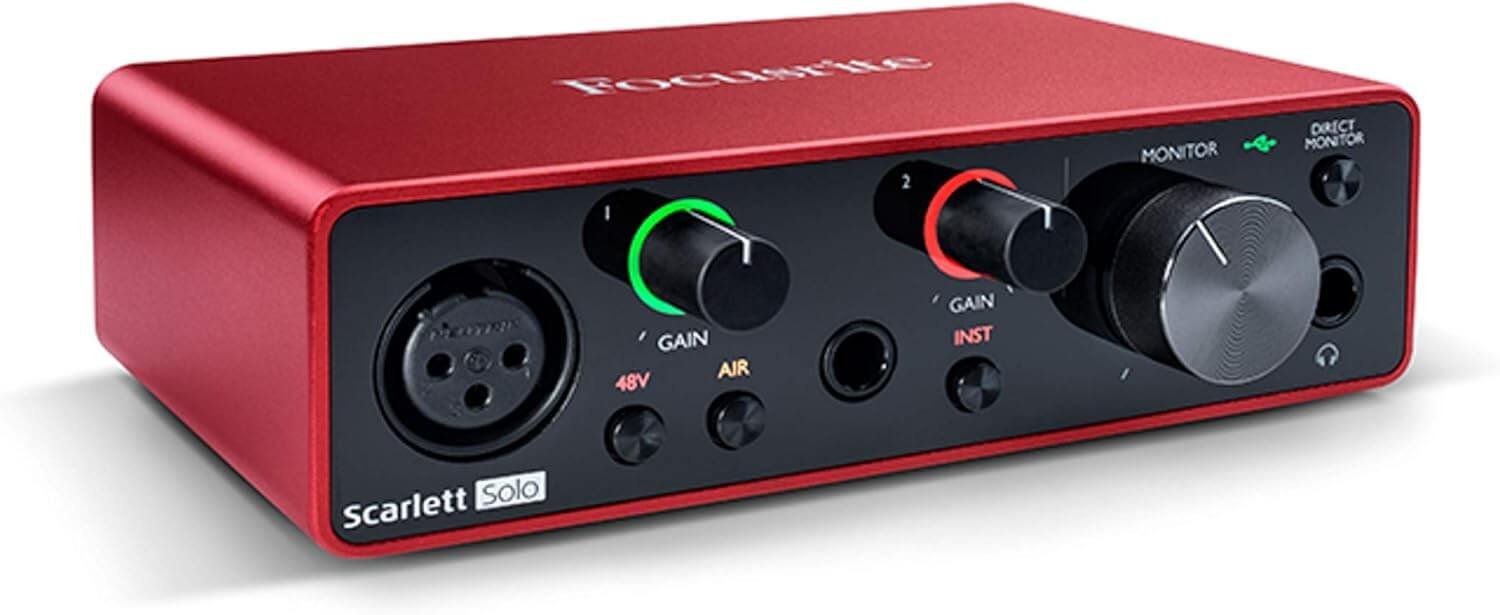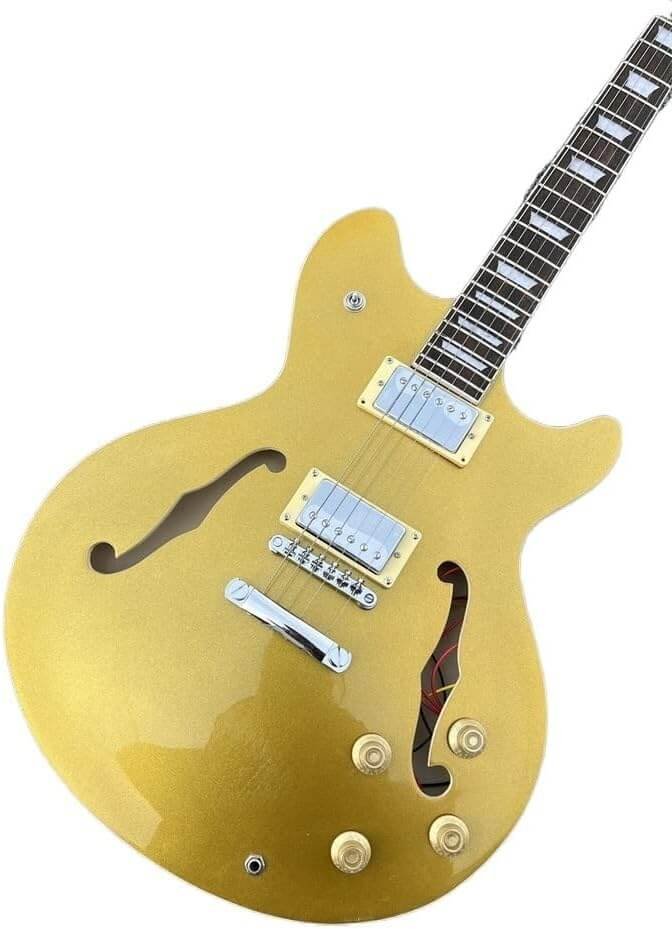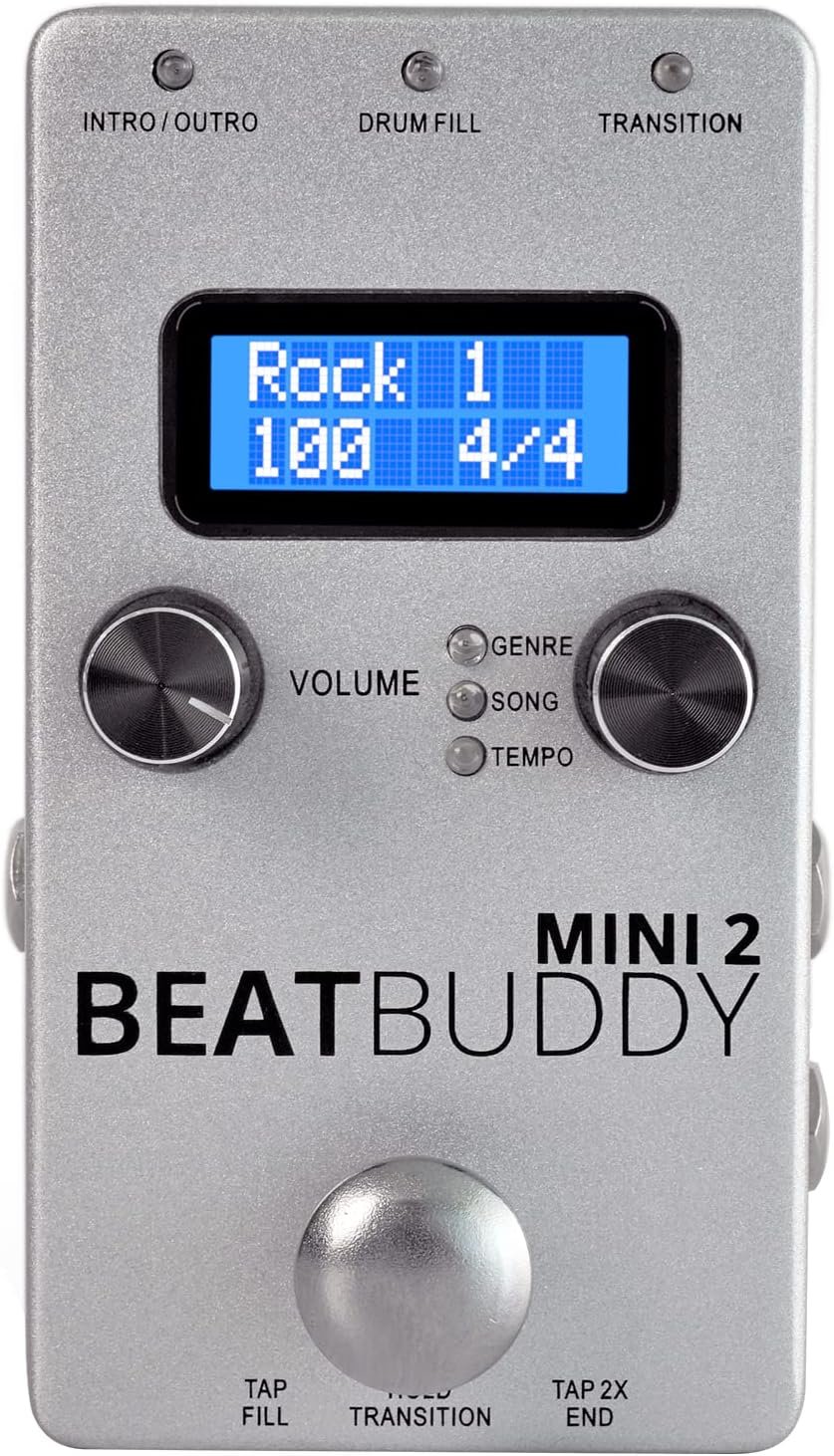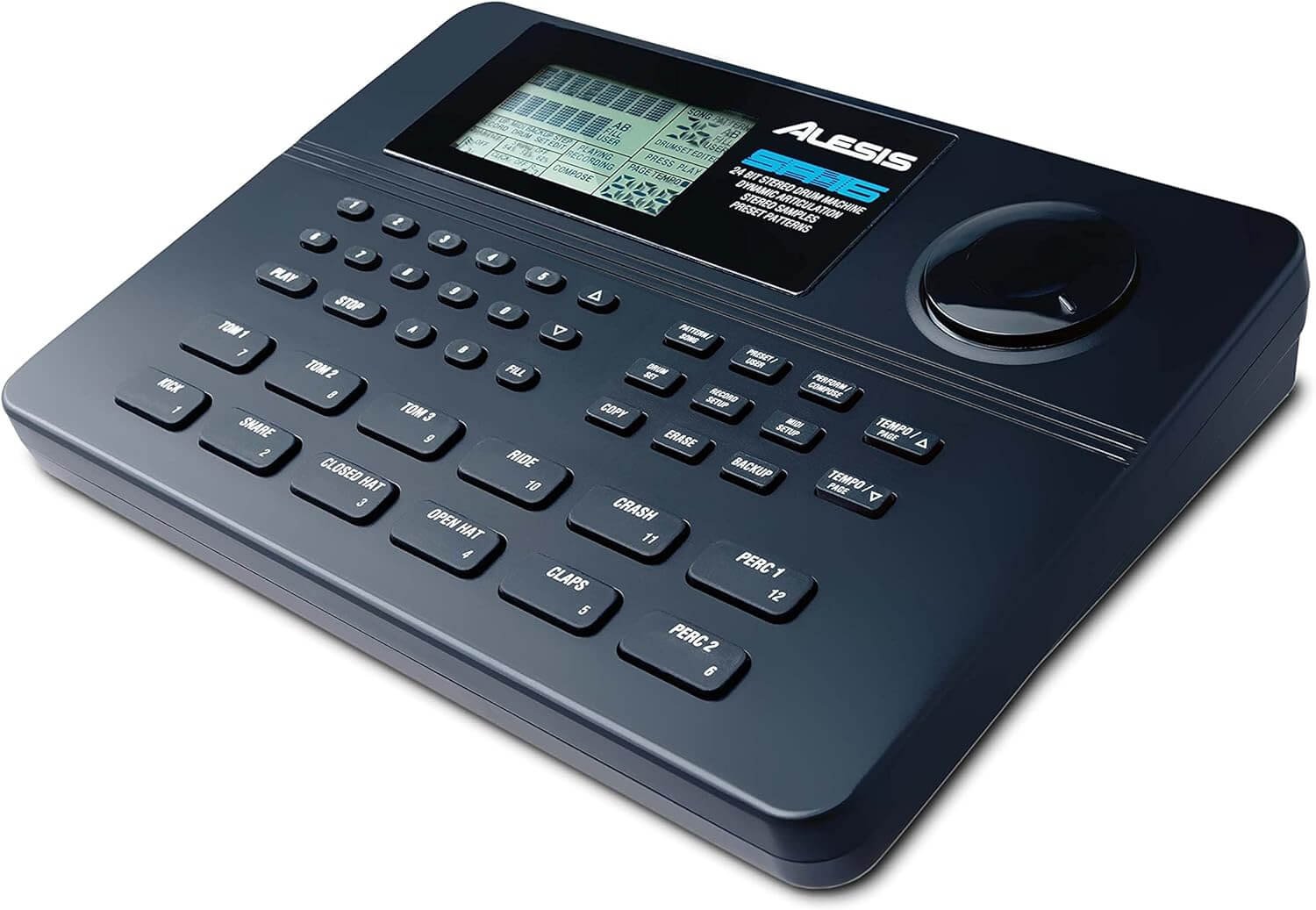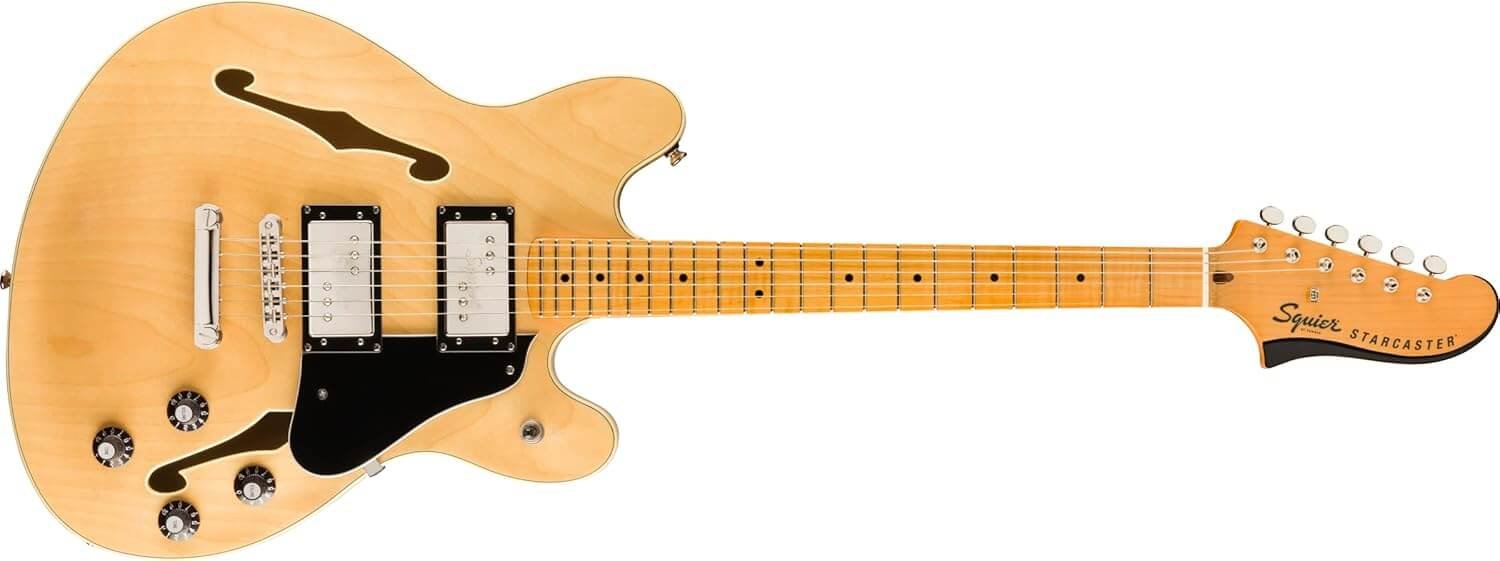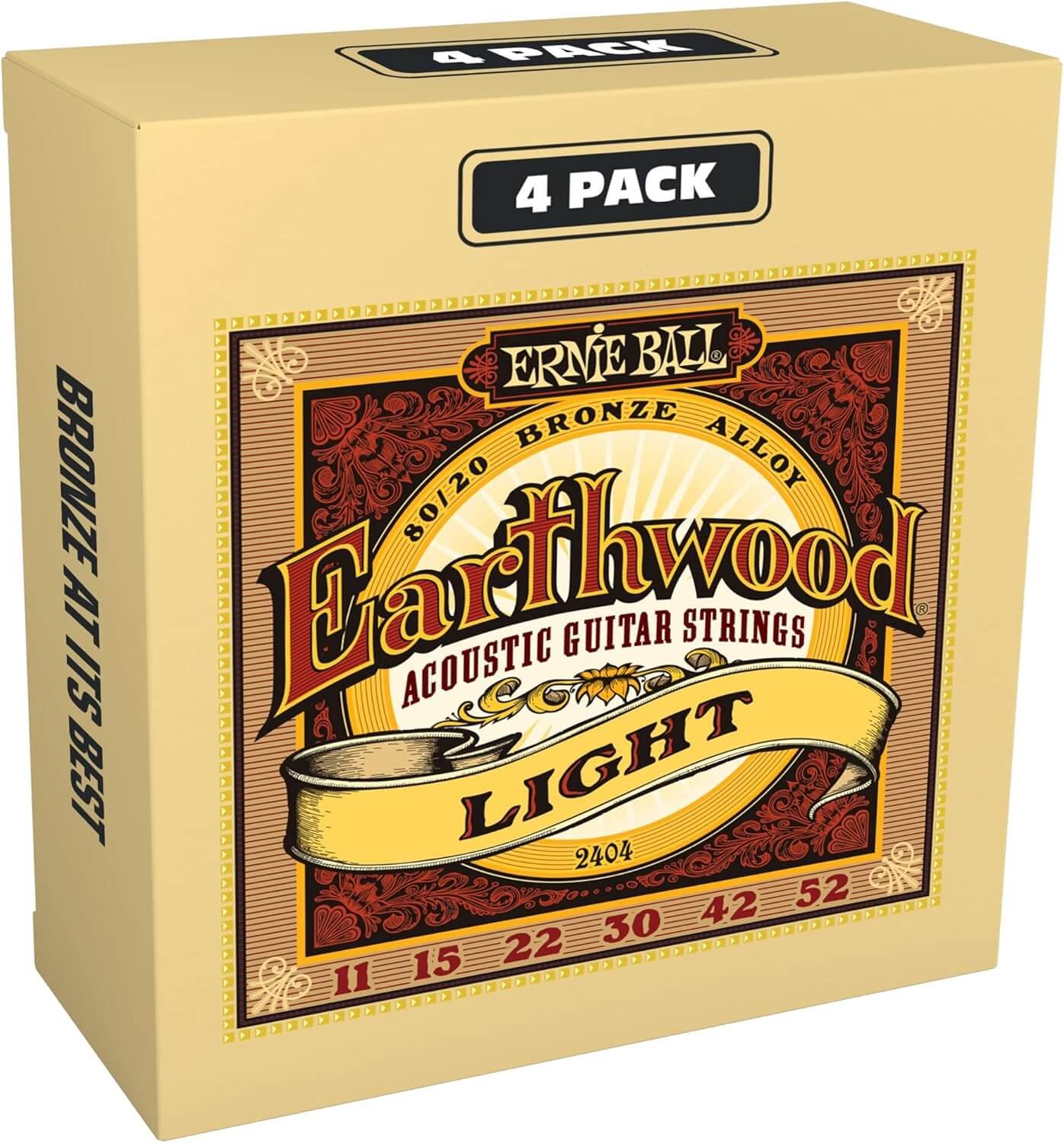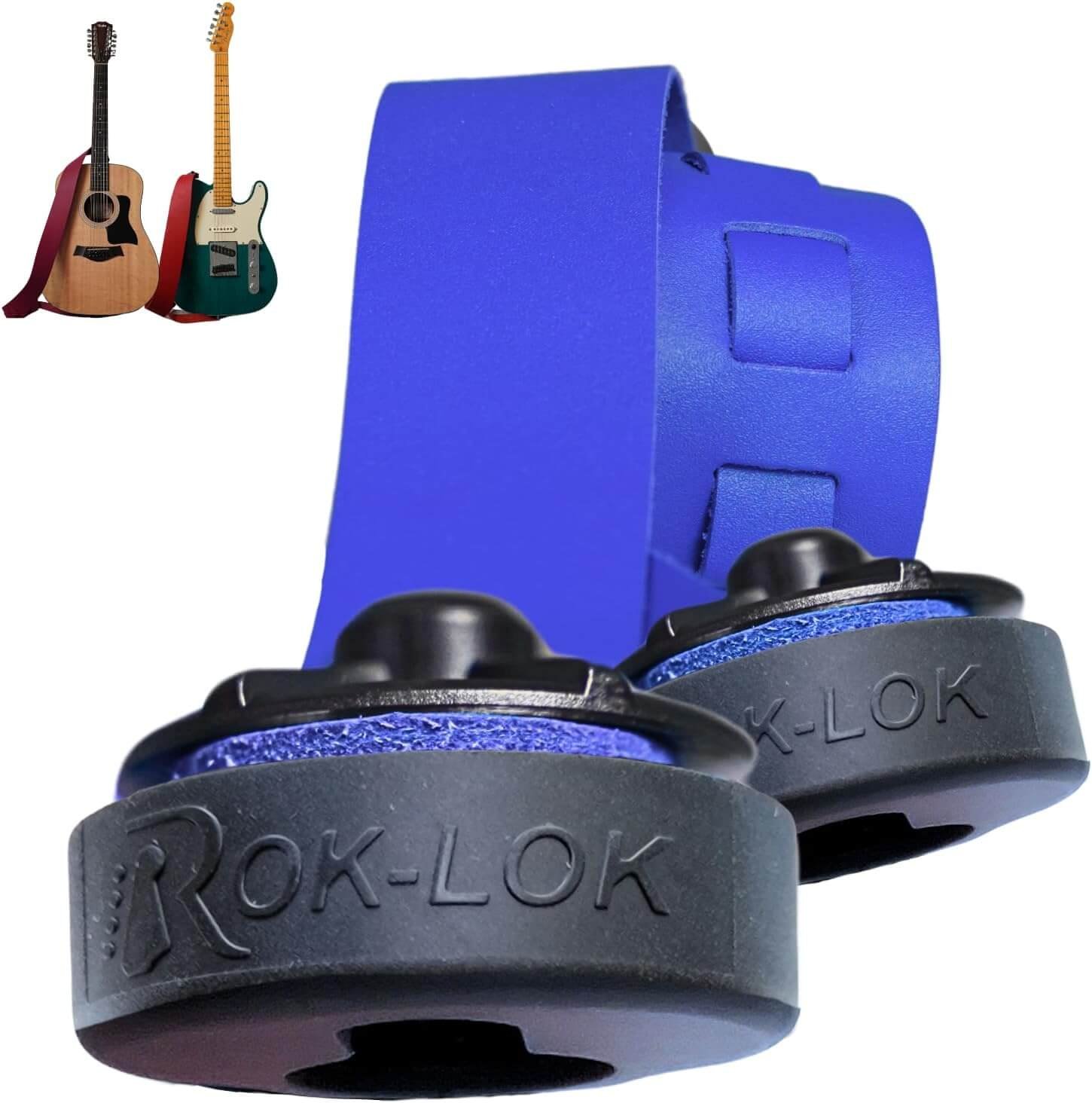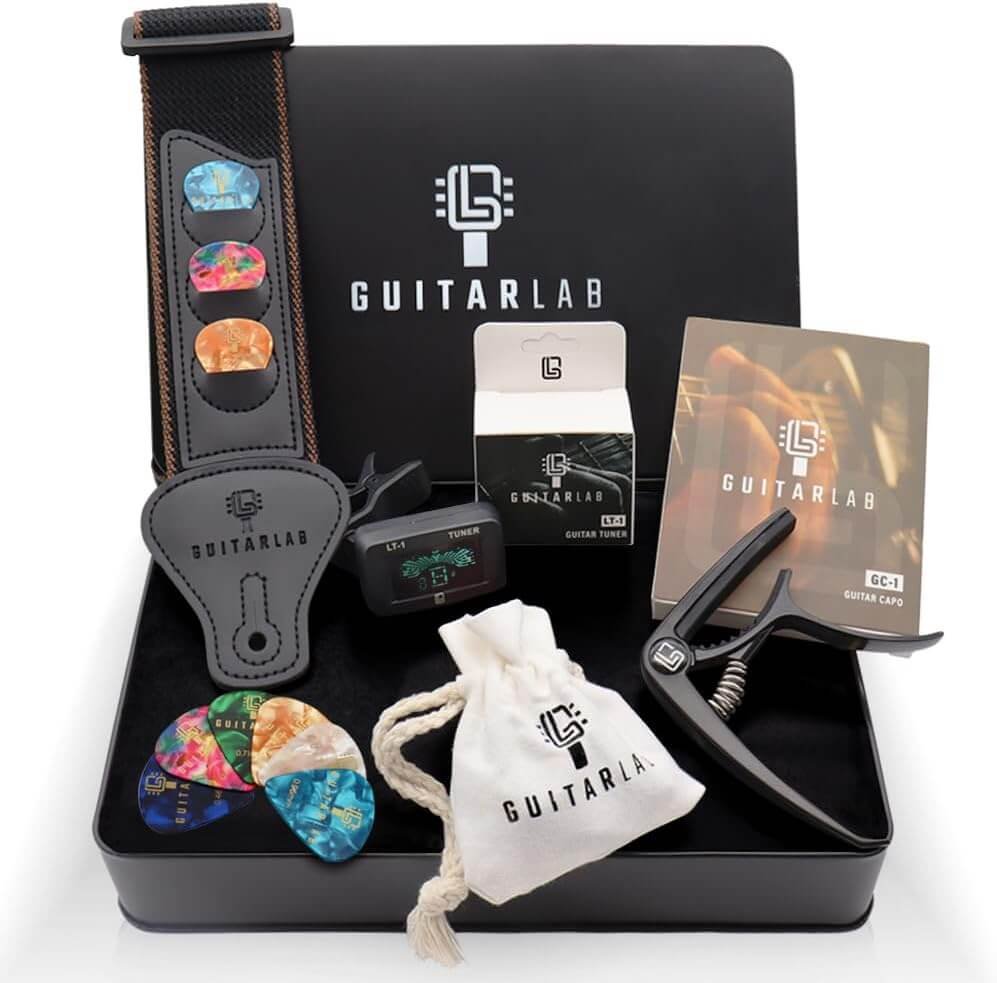Introduction to UHF Wireless Systems
In the realm of contemporary music, UHF wireless systems have emerged as a noteworthy advancement, particularly for musicians seeking freedom of movement on stage. UHF, or Ultra High Frequency, refers to a range of electromagnetic waves that are utilized for various communication technologies, including radio and television broadcasts. When applied to wireless audio transmission, UHF systems operate between 300 MHz and 3 GHz, offering clear and reliable sound transmission for musical instruments such as guitars and basses.
The functioning of a UHF wireless guitar system revolves around a transmitter and a receiver. The transmitter, typically connected to the instrument, captures the audio signal. It then modulates this signal onto a UHF carrier wave, allowing for uninterrupted wireless audio communication. The receiver, set up to capture this signal, demodulates it to reproduce the original audio output. This process enables musicians to move freely without being tethered by cumbersome cords, providing an enhanced performance experience.
One of the significant advantages of UHF wireless systems is their resistance to interference. Compared to other frequencies like VHF (Very High Frequency), UHF systems tend to operate on less crowded frequencies, reducing the likelihood of signal disruption from other devices. Additionally, they typically offer a longer effective range, allowing musicians to perform at greater distances from the receiver without compromising audio quality. Furthermore, they often come equipped with advanced features such as frequency diversity and automatic channel selection, which contribute to stable connectivity and high-fidelity sound transmission.
For guitar and bass players, the UHF wireless guitar system is an attractive option that combines convenience with superior audio performance. By eliminating the physical constraints imposed by cables, musicians can express themselves more fully during performances, ultimately enhancing their artistry on stage.
Key Features of the UHF Wireless Guitar System
The UHF wireless guitar system is designed with several key features that significantly enhance the performance and experience for musicians. One of the standout attributes of this system is its impressive transmission range of 260 feet. This extensive coverage allows guitarists to move freely on stage or around the studio without the limitations typically imposed by traditional wired connections. The ability to maintain a reliable signal over such a distance is essential for live performances where mobility can greatly affect stage presence and audience engagement.
Another notable feature of the UHF wireless guitar system is its provision of 32 channels. This broad selection empowers users to switch channels effortlessly to avoid interference from other wireless devices in the environment. This capability is especially beneficial in venues where multiple musicians and instruments are in use, ensuring clear and uninterrupted sound. The system’s ability to adapt to different settings and conditions provides a level of versatility that is crucial for professional musicians.
Additionally, the UHF wireless guitar system includes dual volume control, which gives players finer control over their sound. This feature enhances the user experience by allowing musicians to adjust both the instrument and the receiver’s volume levels independently. With dual volume control, artists can easily tailor their sound output to their preference or compensate for varying levels of background noise in different performance environments.
Overall, these features of the UHF wireless guitar system contribute significantly to a musician’s performance, providing flexibility, reliability, and ease of use. Whether on stage or in rehearsal, these capabilities enable guitarists to focus on their art without distraction, ultimately enhancing their overall musical expression.
Benefits of Wireless Technology for Musicians
The advent of wireless technology has profoundly transformed the landscape for musicians, particularly with the introduction of the UHF wireless guitar system. One of the most notable benefits is the freedom of movement it provides. Musicians can now roam around the stage or studio without being tethered by cables, enhancing their ability to connect with the audience and utilize the entire performance space. This mobility is especially advantageous during live performances, where dynamic physical engagement is often key to captivating the audience.
In addition to providing freedom of movement, the UHF wireless guitar system also significantly reduces cable clutter. Traditional wired setups can create a chaotic environment, leading to potential tripping hazards and obstruction on stage. By eliminating cumbersome cables, artists can maintain a clean and organized performance area, allowing for greater focus on creativity and artistry rather than logistical concerns. This aspect is critical for both live performances and recording sessions, where efficiency can have a direct impact on the overall experience.
Moreover, wireless technology has the potential to improve sound quality in various scenarios. UHF systems, in particular, are known for their ability to transmit signals over longer distances with minimal interference. This results in clear, uninterrupted audio that can enhance the listening experience for both performers and audiences alike. The channel diversity provided by UHF systems can mitigate issues related to signal loss and frequency interference, ensuring that musicians can always deliver their best performance without compromising on audio fidelity.
Overall, the integration of wireless technology, specifically through systems like the UHF wireless guitar system, has made it easier for musicians to perform creatively and effectively, paving the way for a more enjoyable experience for both musicians and their audience.
The Importance of Rechargeability
The advent of the UHF wireless guitar system has transformed the way musicians perform, emphasizing both convenience and reliability. One of the key features that enhances the usability of this system is the rechargeable nature of its components. Musicians often traverse various venues, which makes a dependable power source essential during performances. The ability to recharge batteries allows for sustained use, ensuring that artists can focus on their music without the concern of depleting power.
From an environmental perspective, the shift towards rechargeable batteries in the UHF wireless guitar system is particularly noteworthy. Traditional disposable batteries contribute significantly to electronic waste, which poses a substantial environmental challenge. By opting for a rechargeable system, musicians contribute to waste reduction and promote sustainability within the industry. This eco-friendly approach aligns with the growing awareness of environmental issues, making it a responsible choice for today’s artists.
Moreover, the convenience provided by rechargeable batteries is invaluable for musicians who are constantly on the go. The ability to recharge a UHF wireless guitar system’s battery overnight or during breaks keeps the gear ready for extended use. Unlike traditional batteries that require frequent replacements, this system allows for seamless transitions between sets without worrying about dwindling energy. Additionally, many modern rechargeable batteries feature quick charge capabilities, further mitigating downtime and enhancing performance readiness.
Overall, the integration of rechargeable technology within the UHF wireless guitar system not only supports musicians in their creative endeavors but also promotes an environmentally responsible approach. By minimizing waste and maximizing performance potential, rechargeable batteries enhance the functionality of this innovative wireless solution.
User Experience: Setup and Operation
The UHF wireless guitar system is designed with user experience in mind, allowing musicians to set up and operate the system with ease. One of the standout features of this system is its intuitive design, which caters to users of all skill levels. Musicians can quickly get started without needing extensive technical knowledge, making it an accessible option for both seasoned performers and newcomers alike.
Setting up the UHF wireless guitar system typically involves a few straightforward steps. Initially, users need to connect the transmitter to their guitar and the receiver to their amplifier or audio interface. The clear labeling and color-coded indicators make it simple to identify the correct connections, significantly reducing the potential for errors during setup. Once powered on, the system often features an automatic frequency scanning function, which helps to identify the clearest channel in the area, minimizing interference. This feature is particularly useful for live gigs, where numerous devices may be present.
Once the system is set up, musicians find that the operation is equally user-friendly. Most UHF wireless guitar systems come equipped with user-friendly displays that provide real-time information regarding battery life, signal strength, and channel selection. This transparency helps performers to focus on their music without worrying about technical glitches. Additionally, the compact and lightweight design of the transmitter and receiver allows for ease of transport, making it the perfect companion for both home practice and professional performances.
In various settings, from intimate practice spaces at home to dynamic live gigs, the UHF wireless guitar system enables seamless mobility. Musicians can move freely, enhancing their performance while reducing the constraints of traditional wired setups. Overall, the user experience in both setup and operation is designed to empower musicians, allowing them to focus on their art rather than technical challenges.
Compatibility with Electric Instruments
The UHF wireless guitar system is designed to offer broad compatibility with various electric instruments, particularly electric guitars and basses. This versatility makes it an ideal choice for musicians who utilize different setups in their performances or recording sessions. Utilizing a UHF wireless guitar system allows players to move freely without the constraints of traditional cable setups, maintaining quality sound transmission across a range of instruments.
When discussing compatibility, it is vital to consider the nature of electric guitars and basses, as they all may have different output levels and impedance requirements. Most UHF wireless guitar systems come equipped with adjustable settings that enable musicians to tailor the system to their specific instrument. For instance, both active and passive pickups found in electric guitars can be accommodated, thanks to the system’s ability to adjust signal strength. This adjustability ensures that regardless of the instrument type, the audio quality remains high, providing a full, rich tone that is crucial for live performances.
Furthermore, many UHF wireless guitar systems include multiple channels, allowing concurrent use with different instruments. This is particularly advantageous for musicians who switch between guitars and basses during a performance. The frequency range and reliability of UHF technology ensure that musicians can operate without interference, leading to a seamless experience. Musicians can confidently incorporate multiple instruments into their performances, benefiting from the flexibility of a UHF wireless guitar system tailored for various configurations. This compatibility not only enhances the performance experience but also showcases the system’s adaptability to evolving musical needs.
Comparing UHF Wireless Guitar System with Other Wireless Systems
The UHF wireless guitar system distinguishes itself significantly when compared to other wireless systems available in the market, primarily through its superior range, channel selection, and overall design. While there are various options like VHF (Very High Frequency) and digital wireless systems, the UHF systems have been favored by many professionals due to their advanced capabilities and robust performance.
Starting with range, the UHF wireless guitar system typically offers a much wider operating distance than VHF counterparts. Generally, UHF systems can operate effectively up to 300 feet in ideal conditions, which is a substantial advantage for performing musicians who need to move around on stage without compromising audio quality. In contrast, VHF systems may offer a shorter range, often making them less reliable for larger venues.
Channel selection is another area where UHF systems excel. Multiple channels are essential in crowded environments where radio frequency interference can disrupt sound quality. UHF wireless guitar systems often provide a broader spectrum of channels, allowing users to switch frequencies to find clear audio without interference. This flexibility is particularly beneficial in festivals or large concerts where many wireless microphones and instruments are in use.
As for design, UHF systems are engineered with durability and ease of use in mind. Many UHF wireless guitar systems feature sturdy metal casings that withstand the rigors of touring, while also incorporating user-friendly interfaces that simplify setup and operation. This is in stark contrast to more fragile systems that might not endure the demands of extensive performance schedules.
Overall, when considering a wireless system for guitar, the UHF wireless guitar system presents unique advantages that cater to both professional and aspiring musicians. Its combination of extensive range, reliable channel options, and rugged design makes it a top choice for those seeking high-quality audio performance in dynamic environments.
Testimonials from Professional Musicians
Many professional musicians have embraced the UHF wireless guitar system, celebrating its reliability and performance on stage. One notable guitarist, known for his high-energy performances, remarked, “Switching to a UHF wireless guitar system has changed my performance experience entirely. The clarity and range are remarkable, allowing me to move freely without the fear of losing sound quality.” His experience underscores the advantages of utilizing such technology in live settings, where every note counts.
Another musician, a well-respected session player, shared her thoughts: “As someone who plays in various venues, I appreciate the versatility of a UHF wireless guitar system. It seamlessly connects with my gear, providing me with a hassle-free setup. The signal stability means I can focus on my playing, not the equipment.” Her endorsement reflects the importance of a dependable wireless system, particularly for those who require flawless performance in diverse acoustic environments.
Similarly, a touring artist expressed, “In my line of work, I cannot afford any dropouts or interruptions. The UHF technology has proven to be exceptional; I have never experienced a latency issue, even during complex performances. It allows me to engage with the audience, which is paramount in live shows.” This insight accentuates the significance of audio quality and connectivity, attributes crucial for both performers and their audiences.
Beyond individual testimonials, trends among musicians illustrate that the shift towards UHF wireless systems is growing. Artists appreciate the ease of setup and enhanced mobility, making it a preferred choice on stages worldwide. As these musicians continue to share their positive experiences, the UHF wireless guitar system’s reputation for quality and reliability solidifies further in the music industry.
Conclusion: Is It Right for You?
In examining the various aspects of the UHF wireless guitar system, it becomes evident that this technology offers several significant advantages for guitarists at all levels. The frequency agility of UHF systems allows for a more reliable connection, minimizing interference from various electronic devices, which is crucial in both live performances and studio settings. Moreover, the extended range provided by UHF systems surpasses that of traditional wired setups and many alternative wireless options, giving musicians the freedom to move around without losing signal quality.
Additionally, the improved sound quality associated with UHF frequency bands ensures that the nuances of the guitar’s tone are preserved during transmission. This feature is especially beneficial for professionals who rely on delivering high-fidelity sound to their audience. Furthermore, the convenience of a wireless setup frees performers from the constraints of cables, allowing them to engage more dynamically with their audience and their instrument. However, potential purchasers should also consider the battery life and initial investment costs associated with UHF wireless systems, as these factors can vary significantly across different brands and models.
Ultimately, whether the UHF wireless guitar system is the right choice for you depends on your specific needs and performance context. If you prioritize sound quality, mobility, and versatility in your musical endeavors, investing in a UHF system could greatly enhance your playing experience. We encourage you to conduct further research and explore your purchasing options to find a model that meets your particular requirements. Doing so will not only elevate your performance but also expand your creativity on stage and in practice settings.

